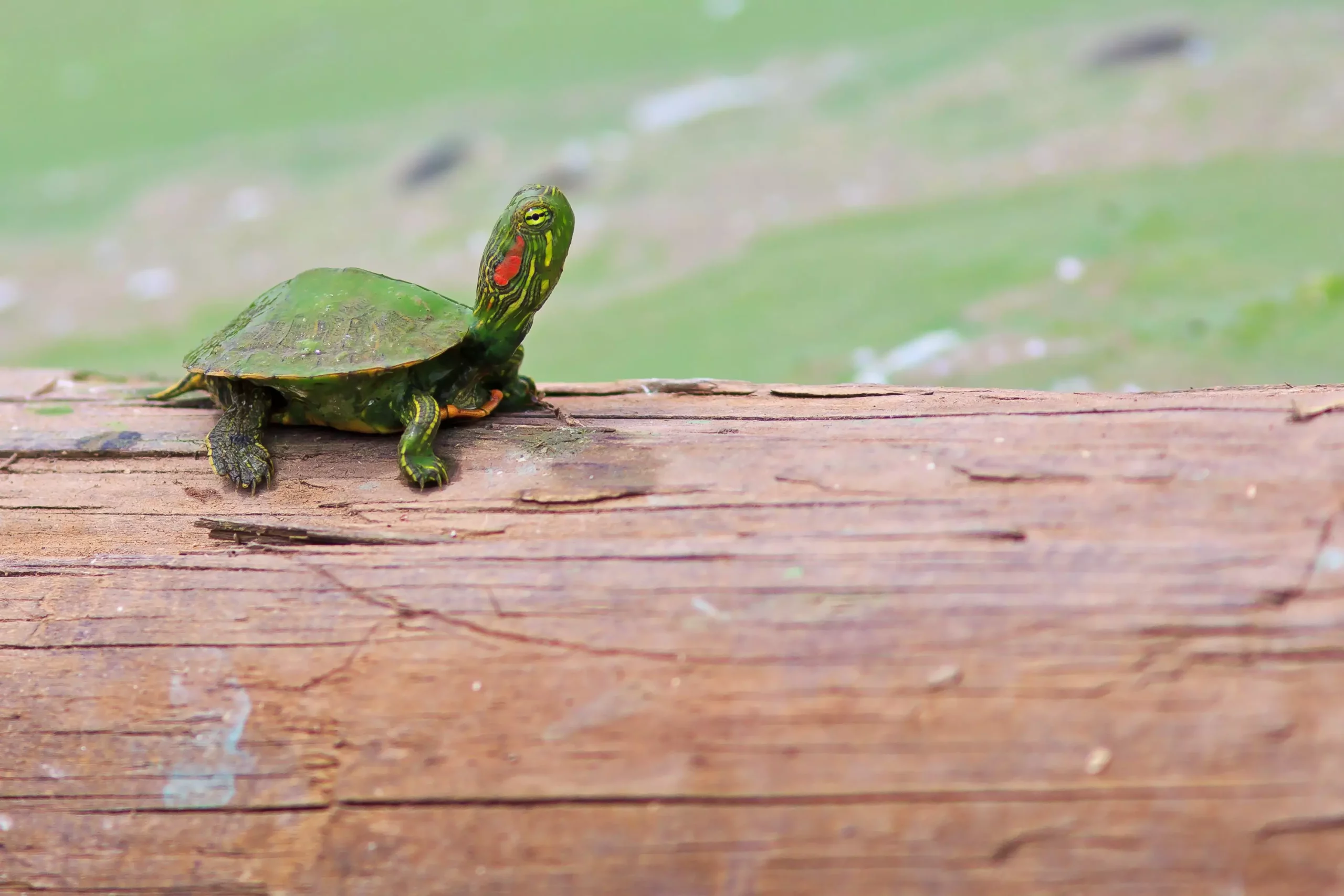Red-eared slider turtles have gained immense popularity in the pet trade due to their vibrant appearance and engaging personalities. These small aquatic reptiles are characterized by their striking green and yellow shell patterns and the iconic red markings behind their eyes. While they can make extraordinary companions, their care requirements demand a deep commitment from potential owners. Below, we delve into the specifics of caring for these turtles, examining both their needs and the responsibilities that come with pet ownership.
Native to North America, the red-eared slider (Trachemys scripta elegans) typically grows to around 12 inches in length and can live for two to three decades if properly cared for. This species is renowned for its agility and love for water, often quickly “sliding” into aquatic environments when they feel threatened. However, while these turtles may appear cute as hatchlings, it’s crucial to recognize that they will grow significantly and require an ample living space.
The temperament of red-eared sliders can vary greatly depending on whether they are captive-bred or wild. Captive individuals tend to exhibit friendlier behavior, often approaching their owners in anticipation of food or interaction, while their wild counterparts may be highly skittish, preferring to hide at any sign of disturbance. This behavioral difference highlights the importance of choosing the right source when considering adding a red-eared slider to your home.
Creating an ideal living environment for red-eared sliders can be a significant financial and labor investment. A small plastic container is insufficient for their long-term care. A minimum-sized aquarium of 10 gallons is recommended for hatchlings, with a preference towards 20 gallons or more as they grow, reflecting their larger spatial needs. This fluctuates along with various external factors like age and size.
Their habitat should include not just ample swimming space, but also a dry basking area at a regulated temperature. A proper basking setup involves a heat lamp and a UV light source, since turtles are poikilothermic and rely on these artificial lights to regulate their body temperatures effectively. Ideal water temperatures should range from 75 to 80 degrees Fahrenheit, while basking areas must be maintained between 85 to 95 degrees Fahrenheit. It is essential to monitor these temperatures regularly for the health and vitality of the turtle.
Red-eared sliders are known for being relatively messy pets, as they expel waste and debris directly into the water. Hence, maintaining a clean environment is paramount. Investing in a tank filter rated for two or three times the volume of your tank is a vital step. Regular water changes and testing are also crucial to prevent the accumulation of harmful bacteria and toxins that can jeopardize your turtle’s health.
It’s also worth noting that living outdoors in a pond may be feasible in warmer climates; though this demands additional precautions to protect the turtles from potential predators and ensure their habitat remains suitable throughout different seasons.
A balanced diet is critical for a red-eared slider’s overall health. These turtles are omnivorous, requiring a mix of animal protein and vegetables. Foods such as leafy greens, dried shrimp, and commercially prepared turtle pellets can fulfill their nutritional needs. However, overfeeding can lead to obesity and health complications, so following a veterinarian’s advice on portion sizes is wise.
Feeding practices can also influence the cleanliness of the tank. Many owners prefer to feed their turtles in a separate container of water to keep the aquarium environment as clean as possible. This method minimizes debris and waste, making regular cleaning more manageable.
While red-eared sliders can make lovely pets, they carry the risk of transmitting salmonella and other pathogens to humans. If anyone in your household has a weakened immune system, caution is advised when handling turtles. Always wash your hands before and after interactions with your pet or its habitat.
Regular health checks are necessary to monitor for signs of illnesses such as respiratory infections or gastrointestinal parasites. Observing your turtle’s eating habits and waste output is crucial in maintaining their health, as abnormalities can indicate underlying issues, necessitating veterinary attention.
Acquiring a red-eared slider turtle from a reputable source can mitigate many potential problems associated with this species. Pet stores, breeders, or rescue organizations can provide valuable information regarding the turtle’s history, health, and care requirements. An ideal turtle should be active, alert, and showing signs of healthy feeding behavior.
Red-eared slider turtles are not just pets; they are a lifestyle commitment requiring careful consideration and extensive preparation. For those willing to invest the time and resources, these turtles can become vibrant and engaging family companions for many years to come.

